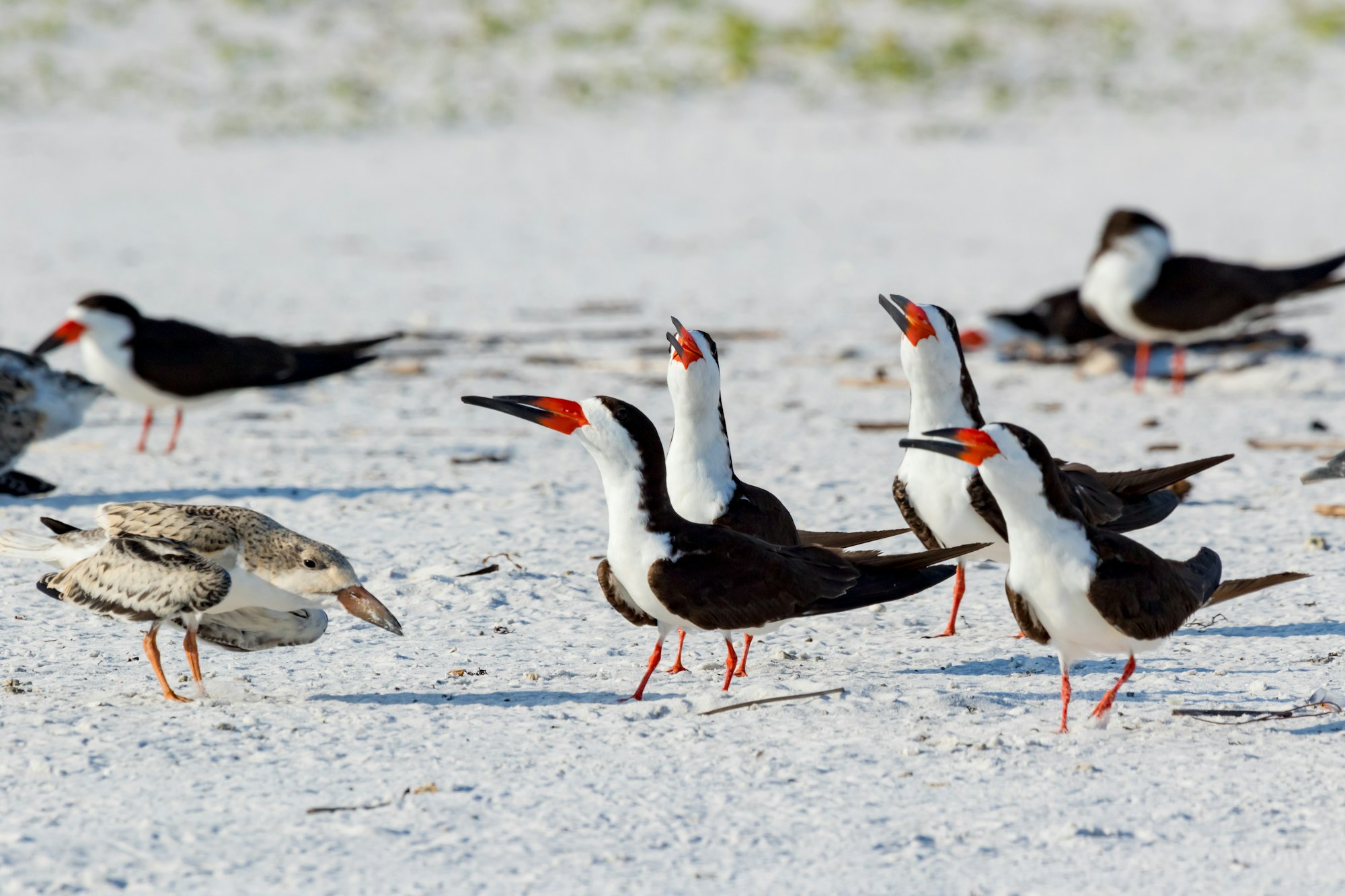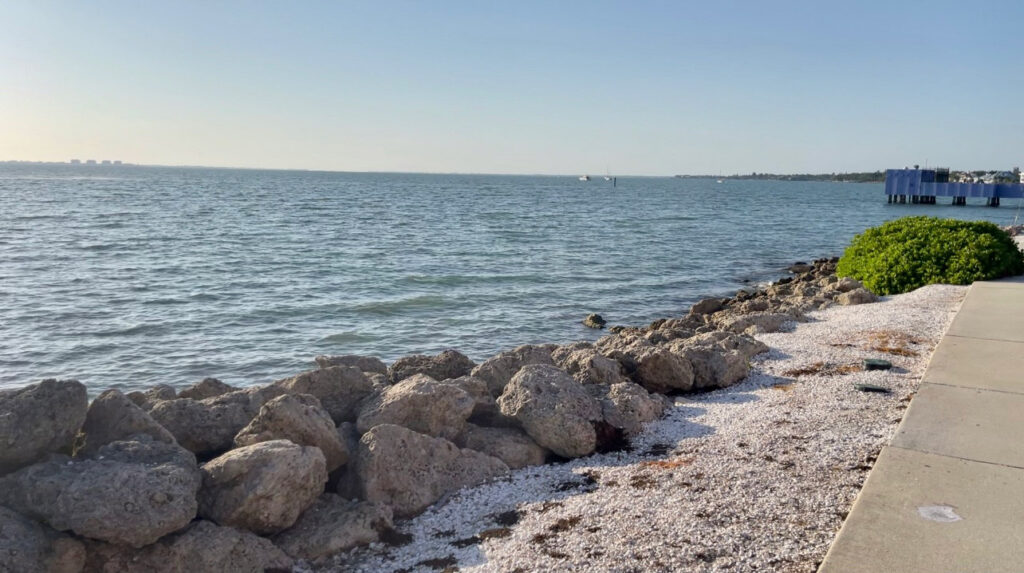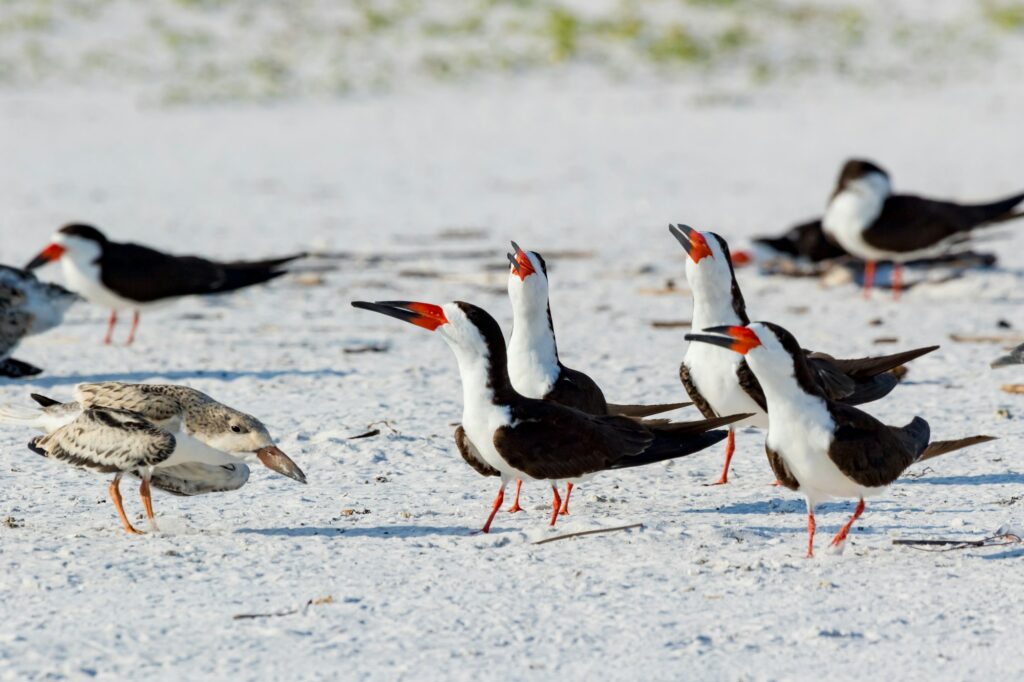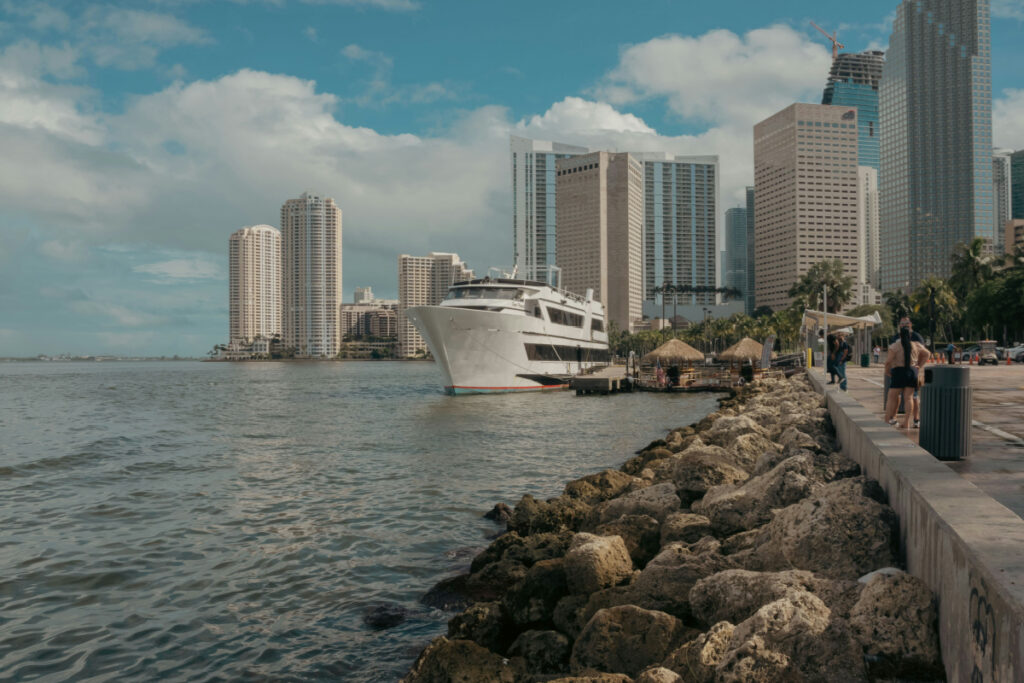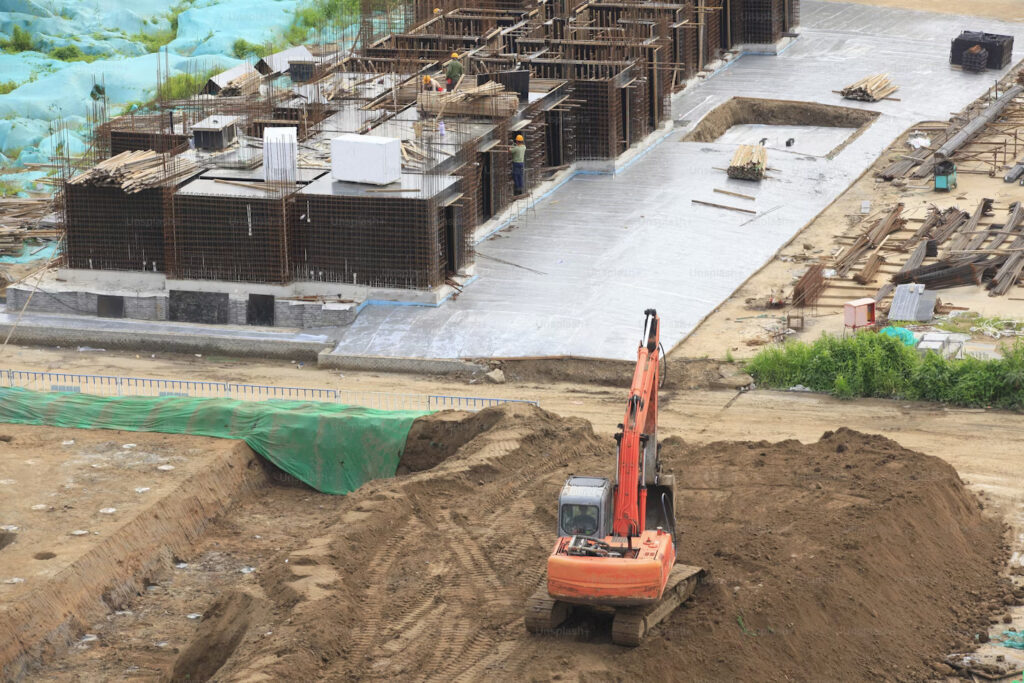Riprap, a common erosion control method consisting of large rocks or concrete blocks along shorelines or streambanks, not only helps protect land from the destructive forces of water but also plays a crucial role in creating habitats for aquatic life. In this article, we will explore the importance of riprap for aquatic habitats and how it can benefit and support local wildlife.
Understanding the Importance of Riprap for Aquatic Habitats
Riprap provides shelter and protection for various aquatic organisms, including fish, invertebrates, and amphibians. The rocks and crevices in riprap structures offer hiding places for small fish to avoid predators, while larger fish may use these structures as resting spots. Additionally, the spaces between the rocks allow for the accumulation of organic matter, which serves as food for many aquatic species. Riprap also helps stabilize the shoreline, preventing erosion and maintaining water quality by reducing sediment runoff into water bodies.
The presence of riprap structures along shorelines and streambanks can create a diverse range of habitats within aquatic ecosystems. Different species of wildlife may inhabit the rocky areas of riprap, utilizing them for nesting, breeding, or foraging. Birds, such as herons and egrets, may hunt for fish among the rocks, while turtles and frogs may bask in the sun on the rocky surfaces. Riprap can also provide a transition zone between aquatic and terrestrial habitats, allowing for a greater diversity of species to thrive in the area.
How Riprap Can Benefit and Support Local Wildlife
Riprap structures can serve as vital habitat corridors for wildlife, allowing for movement and migration along waterways. The rocks and vegetation on riprap provide perches for birds, as well as opportunities for insects and other invertebrates to thrive. In turn, these small organisms attract larger predators, creating a balanced ecosystem within the riprap habitat. By supporting a variety of wildlife, riprap can contribute to the overall health and biodiversity of aquatic ecosystems.
In addition to providing habitat for wildlife, riprap can also help mitigate the negative impacts of human development on aquatic environments. By creating stable shorelines and reducing erosion, riprap structures can help maintain the natural balance of water bodies and protect the surrounding ecosystem. Through careful design and placement of riprap, we can enhance the quality of habitats for aquatic life while also providing valuable ecosystem services for local wildlife and communities.
In conclusion, riprap plays a crucial role in creating habitats for aquatic life and supporting local wildlife in waterways and shorelines. By understanding the importance of riprap structures and their benefits for wildlife, we can work towards sustainable practices that promote healthy aquatic ecosystems and biodiversity. As we continue to protect and preserve our natural environment, incorporating riprap as a habitat enhancement tool can help ensure the long-term health and vitality of our aquatic ecosystems and the wildlife that depend on them.
